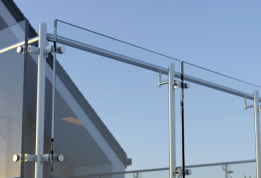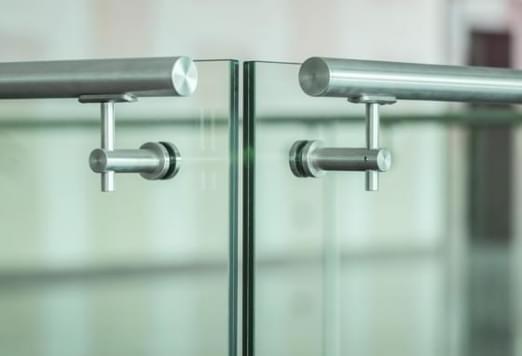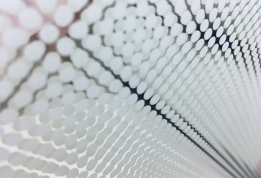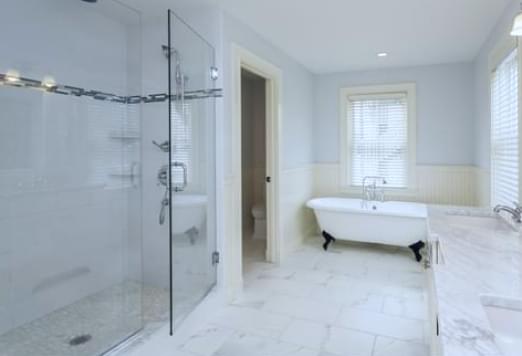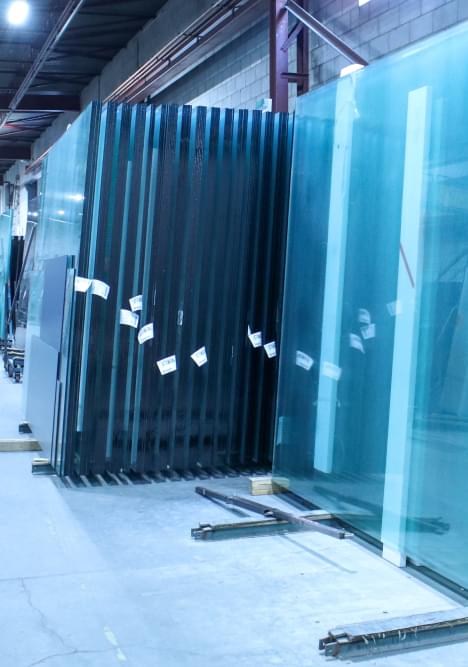4 Key Factors to Consider Before Purchasing Architectural Glass

Architectural glass offers a wide range of benefits that cannot be achieved with other materials. Architects use it because it is lightweight, resistant to corrosion, and offers excellent optical clarity. Due to these properties, glass is used for building façades, storefronts, curtain walls, windows, and more. But there are certain factors to consider before you get this glass for your office or business space.
Here Are Four Key Factors To Help You Find The Perfect Architectural Glass For Your Needs
Heat Gains and Reduction
A quality architectural glass can be determined by two aspects, U-factor and Solar heat gain coefficient (SHGC). The former determines the amount of heat absorbed or dissipated by the glass due to the difference in internal and external temperature, hence a lower number indicates better insulation. SHGC, on the other hand, will let you determine the reflective nature of the glass by seeing how well it blocks sunlight. Opt for architectural glass with low to medium SHGC value so that occupants can remain cool during summers and warm during harsh winters.
Visible Light Transmission
Visible light transmittance (VLT) is a measure of the amount of visible light transmitted through a glass pane. This is measured as a percentage, with higher percentages indicating more transparency. A higher VLT typically indicates more solar heat gain, with a lower VLT indicating less solar heat gain. These aspects can greatly affect your choice of architectural glass specifications.
Building Direction/Orientation
The direction the building faces might be the side that receives the most sun exposure. Hence, keep in mind that the type of glass used must never deform because of high heat gain and other factors. Therefore, glass manufacturers always consider the sun’s direction throughout the day before recommending a suitable glass for any window.
All Day Sample Viewing
You can also test your architectural glass samples by examining them visually in the following situations:
- Examine the sample outdoors during an overcast day.
- Hold it about 10 feet away during viewing.
- Check glass reflectivity by turning it over.
- Observe the glass with a white background to see how it performs during nighttime.
In Conclusion
By keeping these factors in mind and asking your glass manufacturer about them, you can easily select the best architectural glass for your project. Proficient glassmakers and custom designers such as All Team Glass will readily provide you with all information about their products so that you can make a quick and simple choice.
At All Team Glass, we can help you find the best architectural glass for your building needs. Contact us today to learn more about everything that we can do for you.


